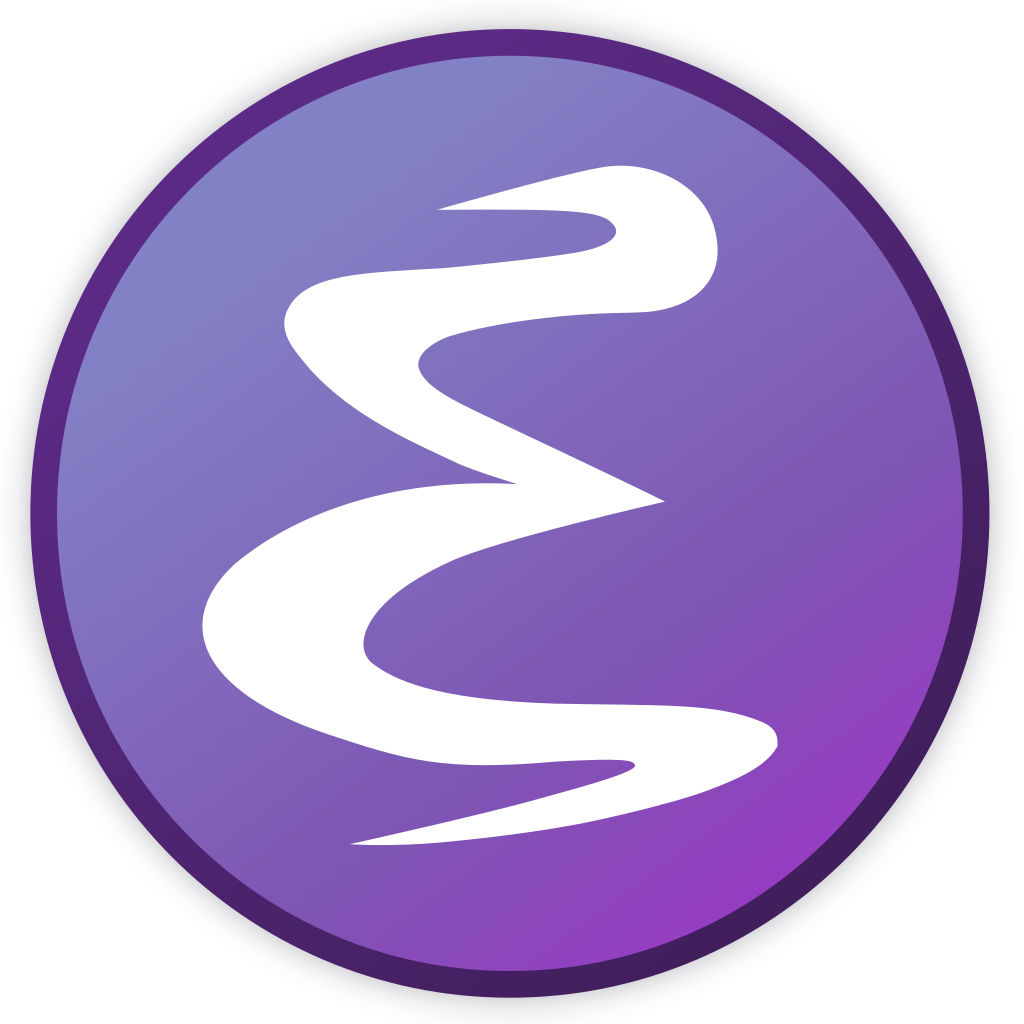

There’s is already a fantastic programming language called q, you should rename yours.
https://en.wikipedia.org/wiki/Q_(programming_language_from_Kx_Systems)


There’s is already a fantastic programming language called q, you should rename yours.
https://en.wikipedia.org/wiki/Q_(programming_language_from_Kx_Systems)
The problem I have which which-key is that it applies only after a prefix.
There are commands which-key-show-major-mode and which-key-show-top-level, which you could use. On the embark side, there is embark-bindings which by default gives you bindings from the major mode and minor modes, but with C-u will give you global bindings.
Mutating a keymap with setc[ad]r is evil!
Agreed.
why not use (menu-item “dummy” KEYMAP :filter FUNCTION) instead?
Only because I didn’t think of it!
And even among runtime environments some are much better than others. I don’t really mind dotNet or the JVM that much, but Electron seems particularly wasteful. I don’t use a single Electron app.
How could I forget to mention ctrl+f!
There are a couple of functions that web apps almost always have and that native apps tend to lack: (1) selecting and copying text from anywhere in the app to the clipboard; (2) bookmarking individual views within the app. Of course, natives apps in principle could be faster and use more of your hardware —in practice though, they tend to be horribly bloated electron crapps. 😅 So yeah, a decent native app can be better than a web app, but good luck finding one for your purpose.


One interesting feature in this paper is that the programmers who used LLMs thought they were faster, they estimated it was saving about 20% of the time it would have taken without LLMs. I think that’s a clear sign that you shouldn’t trust your gut about how much time LLMs save you, you should definitely try to measure it.


Normally people use ChatGPT to vibe code, this is the first instance I’m aware of of ChatGPT using people to vibe code!


Kris Jenkins is a top-notch interviewer! He lets the interviewee talk, really pays attention and asks good follow up questions. I know that sounds like standard things an interviewer should do but at least in tech podcasts few seem to.


Zero. We didn’t get engagement rings, not later wedding bands. The first few years of our marriage we used to get asked about the wedding bands a lot, but people eventually got used to us not having any. I think it’s probably been about 15 years since we last got asked about them.
That wouldn’t be so useful for academic papers, which is the use case described here: I’ve never heard of a an academic journal that accepts Typst source, but I know of hundreds, probably thousands, that accept LaTeX.


Pocket Casts is fantastic.


What advantage does the Wikipedia app have compared to the mobile website?
Agree on Voyager, that’s what I’m using to post this comment!


My wife and I watched a classic noir film: Double Indemnity (1944). As expected, it was great.


I hope it’s live action.
EDIT: No such luck.


org-ql is an end-user package, you don’t need to be a programmer to use it. It has commands to search among your org files and most options can be customized through Emacs’s customize interface. I highly recommend it for searching through org files, I find it much easier to use and also faster than the Org built-in search commands. Check out the project’s README file, which includes a bunch of screenshots and animated GIFs showing org-ql in action: https://github.com/alphapapa/org-ql


i get that from org-ql.


¡Qué bien encontrarnos por acá!
As you say, they are basically just window configurations, so I do use them ocassionally. If, in addition to remembering an Emacs window configuration I also want to remember whether the frame is maximized or not, I will use frames instead of tabs. I used to put window configurations into registers, before tabs existed, but tabs are better because when you put a window configuration into a register it even remembers the location of point in every buffer. This means that when you restore the window configuration from the register, points get restored to where they were when you stored the configuration, not to the last time you were using it. In this sense tabs are like window configuration registers that automatically update every time you switch away from them.
Tabs only have “useless UI elements” if you want them to! This is Emacs, after all. To use tabs without displaying any UI element set tab-bar-show to nil.
Someone should still rename it, even if that someone is not you. 😅